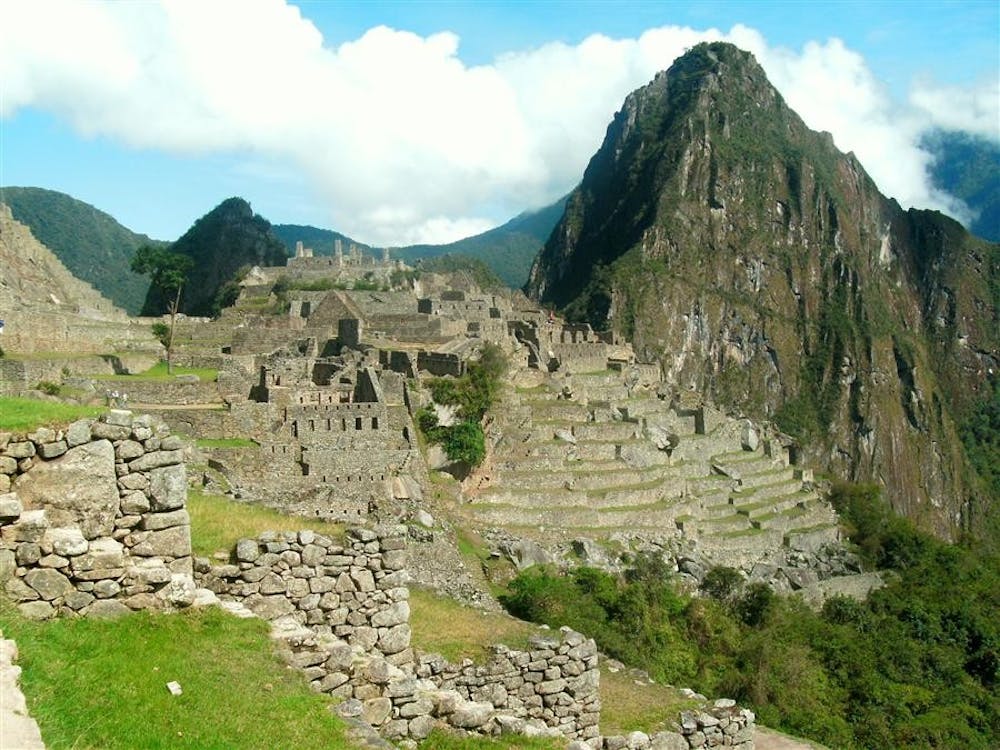Peru’s most famous landmark, one of the “New Seven Wonders of the World,” is the ancient Incan city of Machu Picchu. There are two ways to reach it: by trail or by the ancient four-day path known as the Inca trail.
Twenty years ago, it was possible to take the Inca trail with nothing more than a backpack and a lot of determination. Today, there are passport checks along the way, and it’s highly illegal to enter without a personal guide.
But many people go without having any idea what they’re getting into. Most travel books don’t give much information other than to say the trail is home to an impressive array of orchids.
Here’s what one should know:
1. The Incas loved stairs.
There’s nothing like turning the corner on a mountain and seeing another 100 stone steps. It doesn’t help that the local porters, wearing sandals and carrying packs in excess of 100 pounds full of food and tents, are jogging up past you as they take the ancient StairMaster.
Climbing down the stairs can be difficult, too – plenty of sprained ankles and knee problems start here. We pass one woman, ankle twisted, being carried down the mountain by a porter like another piece of luggage.
The porters work harder than anyone else on the trail. There are all sorts of rumors about the fastest time any porter has made the 27-mile trek, starting at about four and a half hours. Many porters are paid far below what one might consider a fair wage and work at the mercy of tourist tips.
2. Thin air = more breathing.
At altitudes up to 13,800 feet above sea level, the air tends to be much thinner. Even for those in good shape, it only takes about 10 steps to run out of breath, and many tourists don’t take the time to acclimate to the altitude in the nearby city of Cusco.
This can easily turn from uncomfortable to dangerous. Altitude sickness can cause all sorts of symptoms from severe headaches to vomiting. All guides carry oxygen, and five minutes of breathing through the mask can fix most of your hiking woes – at least for a little while. Even the experienced hikers on the trail find their lungs insufficient, and for the casual walker like me, it’s easy to wonder if your lungs work at all.
3. The mosquitoes are tough.
Many hikers don’t realize that they need to bring insect repellent on the Inca trail. In fact, there are enough to quickly turn one’s legs into what appears to be two giant hamburgers.
Smaller than their North American cousins, these bugs leave blood when they attack, and their bites often swell up.
4. The hike is worth it.
It’s easy to forget in the haze of sore muscles, but after waking up on the last day before 4 a.m. and making the last descent to the ancient city, it’s worth the pain to see the stone walls rising through the clouds and the mist blowing over and off of it every few minutes.
Although Peru is still fighting to recover many of the lost city’s treasures from a Yale University museum, the buildings seem almost untouched in their splendor. The temples, not razed like those discovered by the Spanish conquistadors, stand tall and mysterious, and the terraces are still covered in roving llama and alpaca.
Still, it’s a relief to go home.
Trek to Machu Picchu

Get stories like this in your inbox
Subscribe



